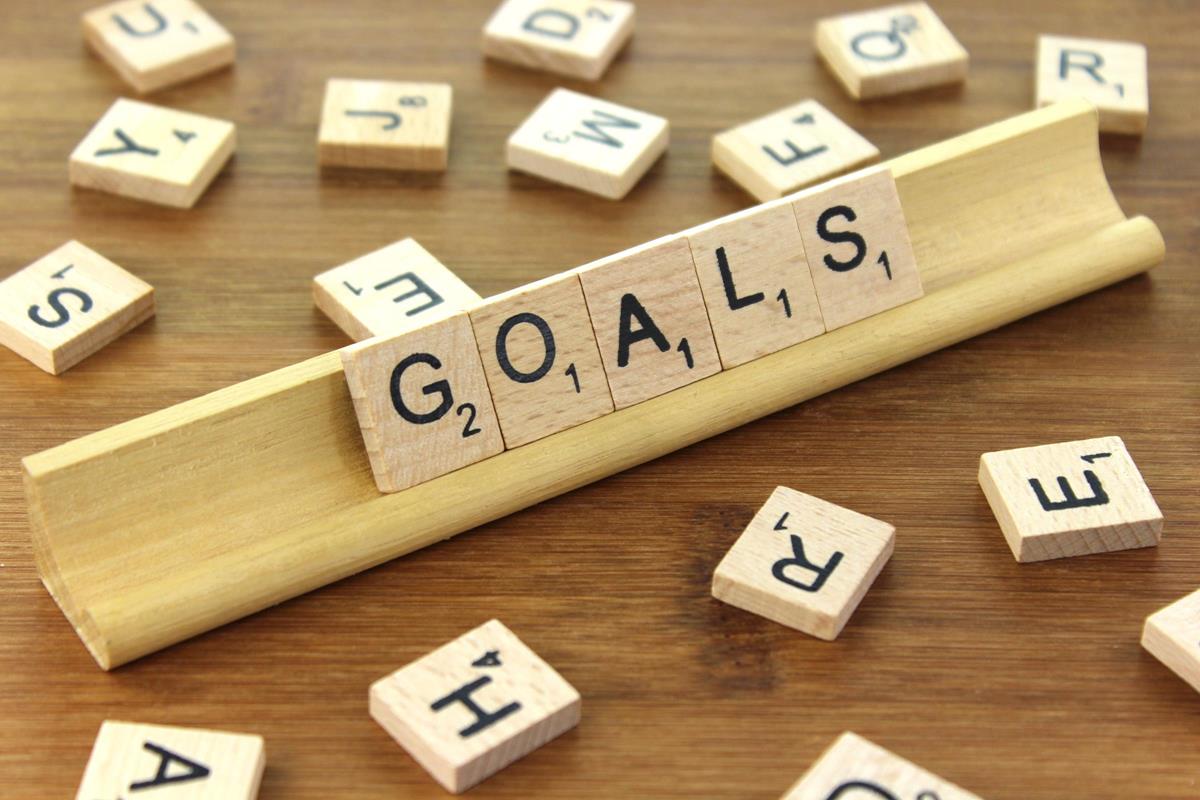This is the third article of three on habits listed below and I’m sharing my thoughts and experience around how to consciously foster analysis before rationalising – it makes it easier to manage and achieve your goals.
- Persist v Procrastinate
- Discipline v Motivation
- Analyse before you Rationalise
Anecdote – Donald A. Norman, a well-known cognitive scientist and usability engineer said: ‘To me, error analysis is the sweet spot for improvement.’ He was talking about design and goals of design but the quote is easily applicable to anything we want to reflect on including our goals, which we of course design! If you are still curious about Donald and his thoughts refer to resources at the end of this article. Let’s think about analysis.
Analyse Before Rationalising.
Why is it a desirable habit? Our fast-paced world spearheaded by technology forces us to constantly react and react quickly. This encourages us to opt for rationalisation as a preferred response because we can do it quickly and find an answer, but this means that rationalisation can happen at the expense of appropriate, in-depth analysis too, especially when the problem is complex. Many of our problems today are complex, we’re so connected now, and unless we thoroughly analyse first, our solutions risk being mere temporary band-aids instead of complex and integrated problem solvers. As Donald says, ‘A brilliant solution to the wrong problem can be worse than no solution at all: solve the correct problem’
Rationalisation is efficient, fast, easily administrable as well as suffocatingly bureaucratic in the long term. Beliefs, cultures and technology can keep us in reaction mode at the expense of full and diligent analysis. On their own, ‘efficiency, fastness, easily administrable,’ are not problematic – as a habit they encourage us to react too quickly. We need to know and choose when to make the analytical ‘phase’ a truly conscious process.
Here are some tips for building analytical skills consciously into rationalisation.
- Change your perspective knowingly and actively.Analyse and think about how else you could interpret the information, event, your situation, consequences, outcomes.
- Reflect and analyse what else can you learn when you do this? Here is a simple example:
My goal was to get up 10 minutes earlier every morning. I’ve just had a really bad start to my morning! In analysing that I realised that over the last 3 months I got up 10 minutes earlier about 75% of the time. When I did that, I wasn’t growling at everyone and mostly I got to work in a calmer mood. Generally, I had a better day, when I got up earlier, felt more in control of my actions and emotions, though initially I did not like getting up earlier, nor did I find it easy. That’s my analysis.Here is my rationalisation process? (I) Getting up 10 minutes earlier 95-100% will mean even less ‘growliness.’ Then I reflected further on what other ‘layered habits’ are involved when I’m growly and when I’m not – mine, my family’s. (II) When I did that, I realised those 10 quiet minutes habits before anyone else got up gave me the calm I needed to organise my brain for the day and not feel ambushed each morning. (III) Together with the other layered habits* around that action it added up to a big change – My performance is better overall when I get up 10 minutes earlier – less growly at work and at home – better all around! Take this up another notch –
Question – Bigger Picture Rationalisation:Question: Over a year how much better is my performance at work and at home! Wow! – and it all started with getting up 10 minutes earlier!
Donate your own learning consciously and ask yourself questions to validate it.
- What did I analyse?
- How did I rationalise?
- What insights did I gain as a result of the analysis and how have they affected me?
My learning was that at bigger picture level, I was considerably more productive over the year at work, and less growly at home; a result of disciplining myself to get up 10 minutes earlier.
Summary: To help you build stronger analysis into your conscious actions before you rationalise take a breath, step back and think about at least one other perspective. This will give your brain time to naturally and easily move into analysis mode, it happens in a nano second!
References: Best Selling Book – Donald A. Norman – The Design of Everyday Things
YouTube video – explanation of the Gulf of Execution and the Gulf of Evaluation: https://www.youtube.com/watch?v=bg4UwyPPZ6U
Luciana Niven runs development programs for leaders to assess, build and measure resilience.
Luciana brings dedication, breadth and depth of experience to individuals and any strategic operations team, gained in a variety of senior positions,internal and external global consultancies. She has a wealth of experience and knowledge in Coaching and Mentoring, HR Facilitation, Learning and Development and Change Management. Building on this she designs ‘exclusively small group’ retreats in global locations that focus and support leaders, and individuals to direct and develop their own potential, with the space and time to ‘think,’ be coached and mentored over a week. You can contact Luciana for a chat and more information, click here: luciana@ldnivenconsulting.com


